Researchers have cracked the mystery of the wisent, also called the European bison, which is the U.S bison lesser known kin that still exists in Europe.
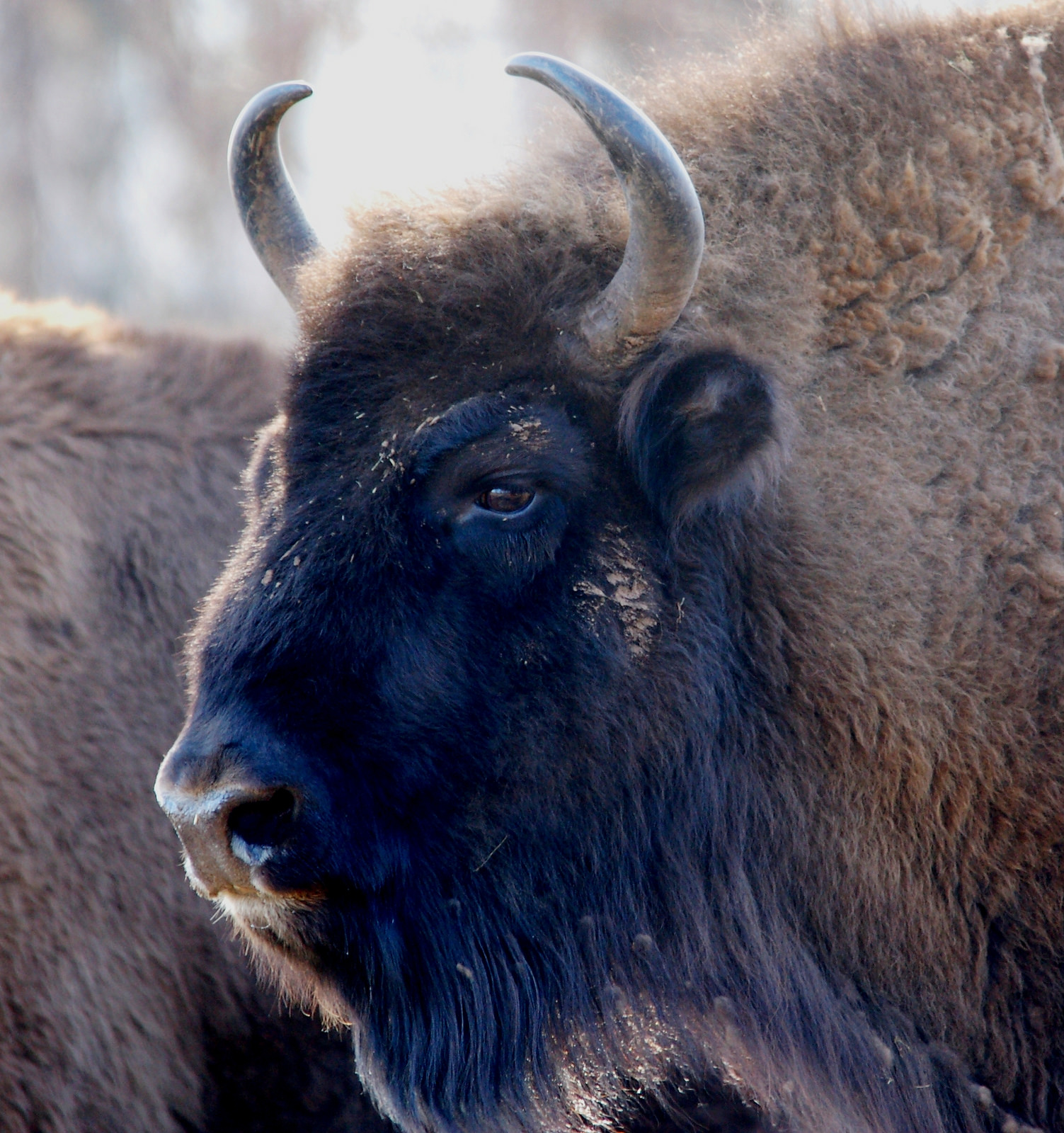
Until now, no fossils have been able to explain the origins of this impressive wild animal, but scientists have attempted to find an answer. A team of researchers combined DNA analysis with that of ancient cave paintings, aiming to chart the development of this herbivore through time.
Auroch and Steppe Bison
According to the article published in the journal Nature Communications, the European bison (Bison bonasus) is the result of cross-fertilization between the steppe bison and the aurochs (Bos primigenius) – both of which are extinct today.
According to the researchers, the steppe bison and the aurochs mated about 120,000 years ago. This would explain why the European bison can breed with cows with fertile offspring. Since cows are direct descendants from aurochs.
To corroborate this timing, the team then looked to an unusual source – cave art. Cave and rock art around the world are a source of “incomparable and precious data because they were drawn by ‘artist-hunters’ trained to observe living animals for hunting,” Gilles Tosello, a cave-art expert based in Toulouse, said to Nature.
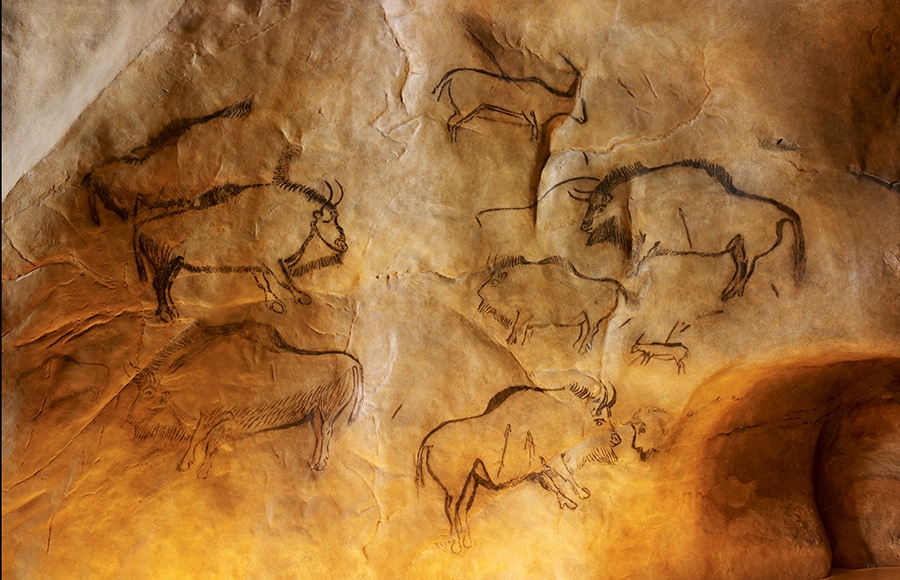
The Chauvet art (around 30,000–36,000 years old) depicts the bison drawn with long horns and a very high shoulder compared with the rump. In more recent cave art from the Magdalenian period (around 17,000–10,000 years old), the animals have a more horizontal backbone and smaller horns.
Given the temporal correspondence with the fossil record, these two likely depicts the steppe bison and the wisent, respectively, according to the research team.
America | Europe
The European and American bison (Bison bison) look very similar, but there are some physical and behavioral differences, The European has 14 pairs of ribs, while the American has 15.
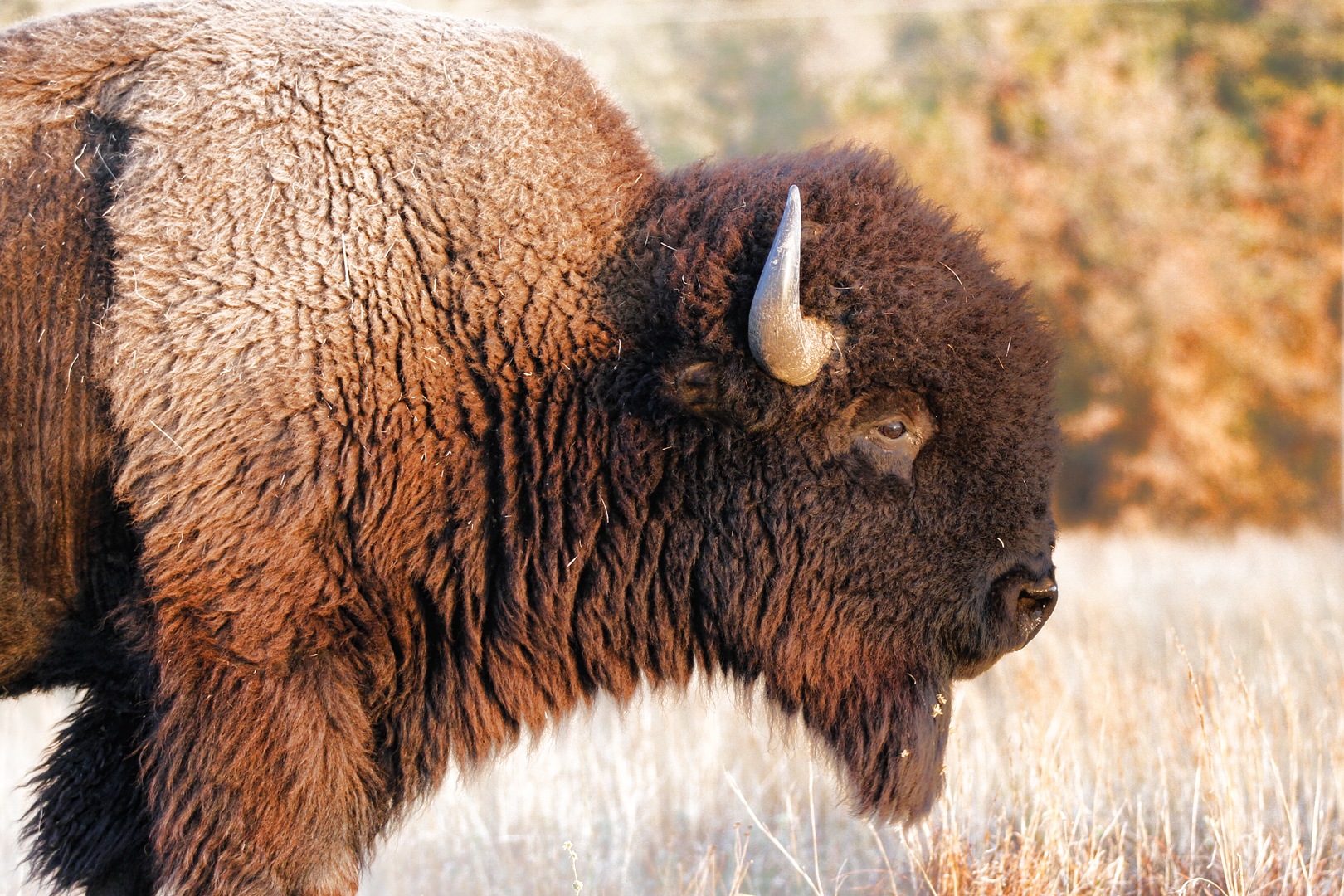
Adult European bison is (on average) taller than American bison, and have longer legs. European bison tends to browse more and graze less, which also correspond to a slightly different evolutionary adaptation and placement of their heads.
They are about the same size in mass, with adult male European and American bison weighing up to 1,000 kg (2,200 lb) in the wild. But on average the European is slightly lighter in body mass.
Wildlife conservation
The European bison existed all across Europe in prehistoric times, but its range slowly decreased as human populations expanded and cut down forests. Hunting was also widespread and it was very close to extinction.
The last ancient references (Oppian, Claudius Aelianus) to the animal in the transitional Mediterranean/Continental biogeographical region, was in the Balkans in an area of the modern borderline between Greece, Macedonia, and Bulgaria, dated to the third century CE.
The population in Gaul went extinct in the 8th century CE. The species survived in the Ardennes and the Vosges Mountains until the 15th century, however. In the Early Middle Ages, the animal still occurred in the deep remote forest steppes east of the Urals, in the Altay Mountains, and seems to have reached Lake Baikal in the east.
The last herd living in the wild in Europe were killed during World War 1 and the last wild European bison in the world was killed by poachers in 1927 in the western Caucasus.
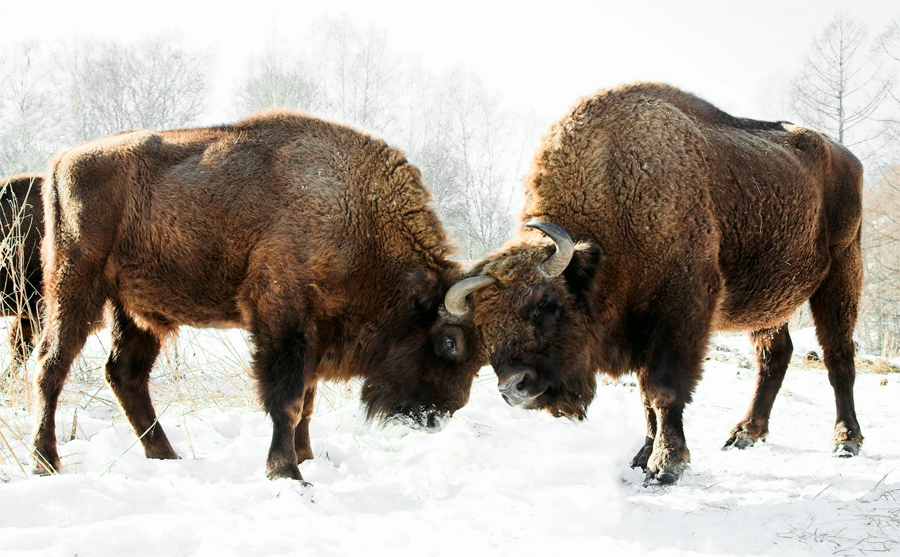
But the species were kept sustained in captivity, with fewer than 50 animals remaining in 1927, all held by zoos. They were reintroduced into the wild in 1951 and free-ranging herds are currently found in Poland, Lithuania, Belarus, Ukraine, Romania, Russia, Slovakia, Latvia, Kyrgyzstan, Germany and in forest preserves in the Western Caucasus.
With a total worldwide population around 4,663, including 2,701 free-ranging, the species are no longer deemed an endangered species, but still a ‘vulnerable species’, as classified by the International Union for Conservation of Nature.
Reference:
Cooper, A., et al. 1.Early cave art and ancient DNA record The Origin of European bison. Nature Communications. October 2016. DOI: org / 10.1038 / NCOMMS13158




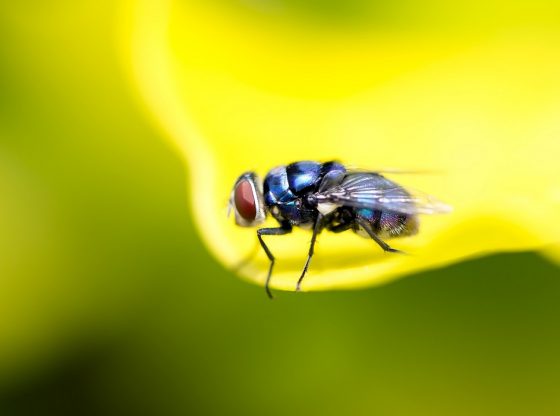
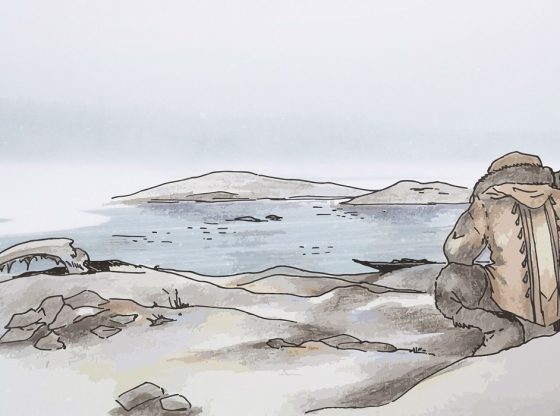
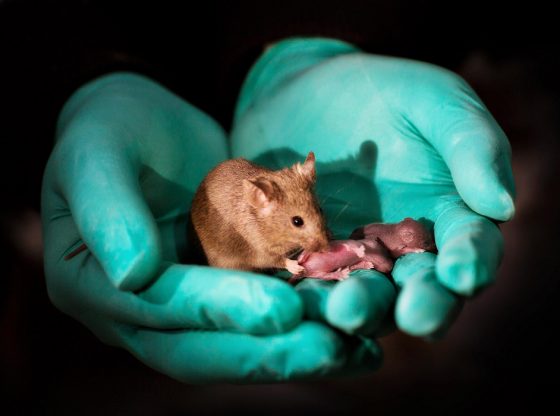
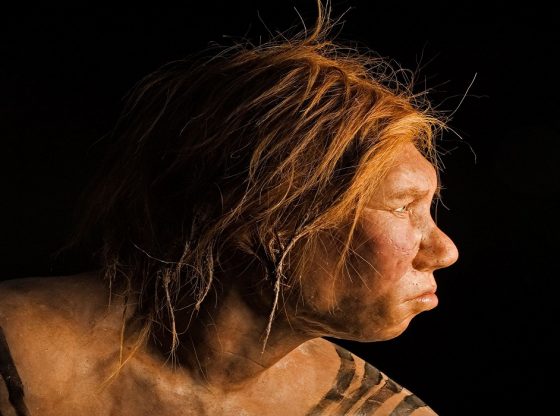
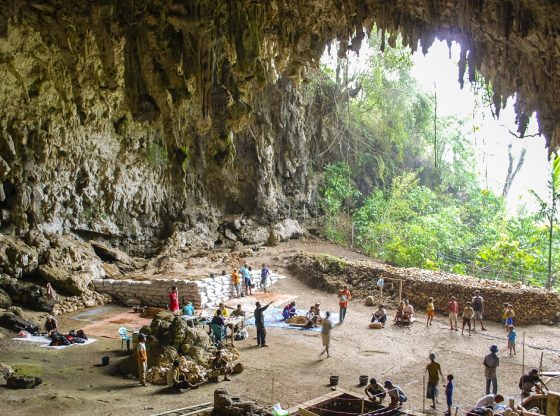
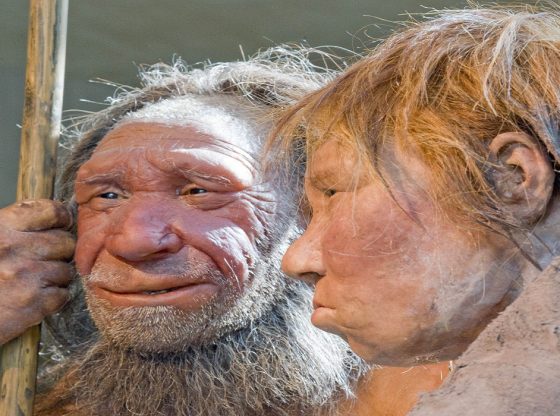

![OpenAI. (2025). ChatGPT [Large language model]. https://chatgpt.com](https://www.illustratedcuriosity.com/files/media/55136/b1b0b614-5b72-486c-901d-ff244549d67a-350x260.webp)
![OpenAI. (2025). ChatGPT [Large language model]. https://chatgpt.com](https://www.illustratedcuriosity.com/files/media/55124/79bc18fa-f616-4951-856f-cc724ad5d497-350x260.webp)
![OpenAI. (2025). ChatGPT [Large language model]. https://chatgpt.com](https://www.illustratedcuriosity.com/files/media/55099/2638a982-b4de-4913-8a1c-1479df352bf3-350x260.webp)








